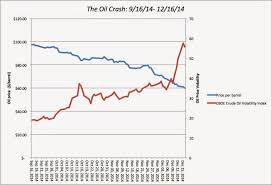
If a crude price shock hits the Indian economy, the CAD to GDP ratio will rise sharply irrespective of a higher GDP growth; and a 10 USD/barrel increase in oil price will raise the inflation by roughly 49 basis points (bps) or increase the fiscal deficit by 43 bps (as a percentage of GDP) if the government decides to absorb the entire oil price shock rather than passing it to the end users, noted a RBI research paper. The crude price shock in the 1970s sent many economies tumbling down for almost a decade. Four decades later, this shock can still jeopardise those economies which are primarily dependent on crude imports, noted researchers Saurabh Ghosh and Shekhar Tomar in a paper titled “The Impact of Crude Price Shock on India’s Current Account Deficit, Inflation and Fiscal Deficit”. The study looks at the quantitative impact of crude price shock on India’s three major macro-stability indicators: current account deficit (CAD), inflation and fiscal deficit.
The paper has presented broad results on the impact of oil price shock on the Indian economy from an accounting perspective. On the external side, India will remain vulnerable to such shocks due to its high import dependence. This vulnerability can lead to episodes of sharp increase in CAD and rising GDP growth would be insufficient to counter it. On the domestic front, such episodes will lead to surge in inflation or fiscal deficit or both, depending on how much of the increased prices the fiscal authority decides to pass-through. The increase in fiscal deficit can have a secondary impact on inflation over the medium to long run.
0 thoughts on “Current Account Deficit Can See Sharp Increase In Case Of An Oil Price Shock”